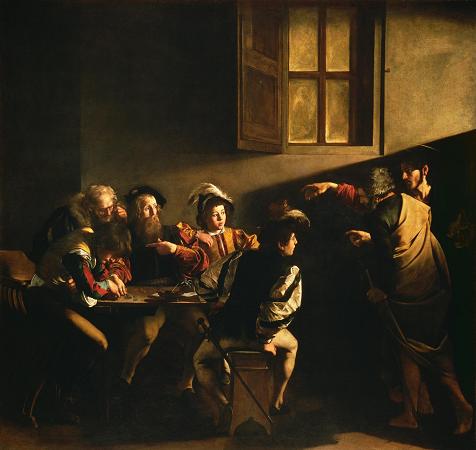Sofonisba Anguissola (1531 - 1626). Sofonisba Anguissola, also known as Sophonisba Angussola or Sophonisba Anguisciola, was an Italian Renaissance painter born in Cremona to a relatively poor noble family. She received a well-rounded education that included the fine arts, and her apprenticeship with local painters set a precedent for women to be accepted as students of art. As a young woman, Anguissola traveled to Rome where she was introduced to Michelangelo, who immediately recognized her talent, and to Milan, where she painted the Duke of Alba. The Spanish queen, Elizabeth of Valois, was a keen amateur painter and in 1559 Anguissola was recruited to go to Madrid as her tutor, with the rank of lady-in-waiting. She later became an official court painter to the king, Philip II, and adapted her style to the more formal requirements of official portraits for the Spanish court. After the queen's death, Philip helped arrange an aristocratic marriage for her. She moved to Sicily, and later Pisa and Genoa, where she continued to practice as a leading portrait painter. Her most distinctive and attractive paintings are her portraits of herself and her family, which she painted before she moved to the Spanish court. In particular, her depictions of children were fresh and closely observed. At the Spanish court she painted formal state portraits in the prevailing official style, as one of the first, and most successful, of the relatively few female court painters. Later in her life she also painted religious subjects, although many of her religious paintings have been lost. In 1625, she died at age 93 in Palermo. Anguissola's example, as much as her oeuvre, had a lasting influence on subsequent generations of artists, and her great success opened the way for larger numbers of women to pursue serious careers as artists. Her paintings can be seen at galleries in Boston; Milwaukee; Bergamo; Brescia; Budapest; Madrid; Naples; Siena; and at the Uffizi Gallery in Florence. Her contemporary Giorgio Vasari wrote that Anguissola has shown greater application and better grace than any other woman of our age in her endeavors at drawing; she has thus succeeded not only in drawing, coloring and painting from nature, and copying excellently from others, but by herself has created rare and very beautiful paintings. The origin and the name of the noble it:Anguissola family are linked to an ancient Byzantine tradition, rich in historical details. According to this tradition, the Anguissolas are descended from the Constantinopolitan warlord Galvano Sordo or Galvano de Soardi/Sourdi. In 717, Galvano served in the army of the Byzantine emperor Leo III the Isaurian, and with an ingenious artificial fire, contributed to liberate the city of Constantinople from the Saracens who had kept it besieged by land and sea. This artificial fire was the so-called Greek fire, an incendiary weapon developed in the late 7th century, which was responsible for many key Byzantine military victories, most notably the salvation of Constantinople from two Arab sieges, thus securing the Empire's survival. Since the shield of the Sourdi carried the effigy of an asp, after Galvano's victory over the Umayyads, his brothers-in-arms and the people of Constantinople exclaimed: Anguis sola fecit victoriam !, i.e. The snake alone brought the victory! This saying became very popular, and Galvano himself was nicknamed Anguissola. The emperor eventually bestowed the Anguissola surname to all his descendants. In this regard, it has been suggested that the monogram depicted on Sofonisba's miniature self-portrait may contain the family motto Anguis sola fecit victoriam or, more simply, the name of Sofonisba's father, Amilcare. Fleeing from a pestilence that raged in Constantinople, the descendants of the first Anguissola settled in Italy, intermarried with other noble families such as the Komnenoi, the Gonzagas, the Caracciolos, the Scottis and the Viscontis, and built autonomous estates in Piacenza, Cremona, Vicenza and other regions of Italy. The Anguissolas who settled in Venice belonged to the patriciate of that city from 1499 to 1612. Sofonisba Anguissola was born in Cremona, Lombardy in 1532, the oldest of seven children, six of whom were girls. Her father, Amilcare Anguissola, was a member of the Cremonese nobility, and her mother, Bianca Ponzone, was also of noble background.
more...







